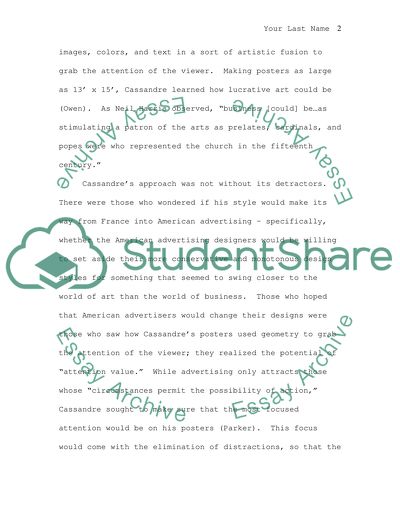Cite this document
(An Examination of Views on the Work of Cassandre Essay, n.d.)
An Examination of Views on the Work of Cassandre Essay. Retrieved from https://studentshare.org/performing-arts/1508543-the-blending-of-art-and-mass-culture
An Examination of Views on the Work of Cassandre Essay. Retrieved from https://studentshare.org/performing-arts/1508543-the-blending-of-art-and-mass-culture
(An Examination of Views on the Work of Cassandre Essay)
An Examination of Views on the Work of Cassandre Essay. https://studentshare.org/performing-arts/1508543-the-blending-of-art-and-mass-culture.
An Examination of Views on the Work of Cassandre Essay. https://studentshare.org/performing-arts/1508543-the-blending-of-art-and-mass-culture.
“An Examination of Views on the Work of Cassandre Essay”, n.d. https://studentshare.org/performing-arts/1508543-the-blending-of-art-and-mass-culture.


